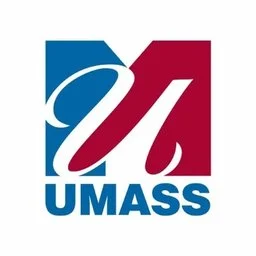NURS-FPX6011 Assessment 2: Evidence-Based Population Health Improvement Plan
Population health refers to the health outcomes of a group of people and the outcomes’ distribution within the group. Interventions on disease prevention and health promotion often focus on improving population health. Population health improvement programs should engage the community and identify assets, strengths, challenges, and barriers to health in the community (Haldane et al., 2019). The purpose of this paper is to examine the environmental and epidemiological data in our community and create a health improvement plan to address the identified population health problem.
Environmental and Epidemiological Data
Mason County, WV has approximately 5700 persons below 18 years. About 2100 children live in households that receive public assistance, such as cash public assistance income, Supplemental Security Income, and Food Stamps/SNAP (LiveStories, 2020). Childhood obesity is a major population health issue, especially among low-income children. County statistics reveal that 18.9% of children aged 10 to 17 in Mason County are obese, slightly above the national average of 16.4%. In addition, 18.5% of children in preschool were found to be obese, 22.1% of second graders, and 29.6% of fifth graders (LiveStories, 2020). Overweight/obesity has been associated with the once contemplated as “adult” conditions, such as type 2 diabetes and hypertension, being diagnosed among children (dos Santos et al., 2019). Environmental factors negatively affecting the children include accessibility to numerous fast food joints and a low density of healthy food stores (dos Santos et al., 2019). There is limited access to healthy, nutritious foods in many neighborhoods in Mason County, resulting in food choices high in calories than home‐prepared meals. Furthermore, many schools provide foods and drinks high in calories and sugar. In addition to unhealthy diets, children are not engaging in adequate physical activities, increasing the prevalence of obesity and overweight. However, there are gaps regarding the school programs in the county and how they incorporate physical activity into the curriculum. The information could help evaluate the level of physical activity in schools and if school programs positively or negatively contribute to the children’s activity levels.
Also Read
NURS-FPX6011 Assessment 3: Implementing Evidence-Based Practice
Population Health Improvement Plan
The health improvement plan to address obesity entails incorporating physical education and extracurricular activities in schools’ learning programs. The plan targets children and adolescents from 4-18 years. The plan’s goal is to foster physical activity as an effective intervention to prevent obesity among school-going children, adolescents, and youths. Children need at least 60 minutes of moderate to vigorous physical activity every day. Physical activity is highly recommended to address obesity because the state’s educational curriculum acknowledges physical education as a critical element of holistic learning (Yuksel et al., 2020). The plan aligns with the established educational programs in the state and will be easy to implement if stakeholders in education are involved. Ring-Dimitriou et al. (2020) assert that physical activity is a major factor in preventing excessive body mass in the pediatric population. A considerable percentage of children and adolescents do not reach the public health recommendation for physical activity resulting in high percentages of childhood overweight and obesity. Therefore, having complementary physical education sessions in schools within the county will ensure all children engage in physical exercises and meet the recommended daily physical activity levels. The health improvement plan is based on the assumption that all schools have physical education facilities, such as fields and qualified physical trainers.
Value and Relevance of Evidence
Evidence from Ring-Dimitriou et al. (2020) is valuable and relevant to the health improvement plan since it explains the role of physical activity in preventing excessive body weight. It also presents age-appropriate recommendations for physical activity and recommendations for school-based approaches, parents, and guardians. The article recommends incr
Order Now






